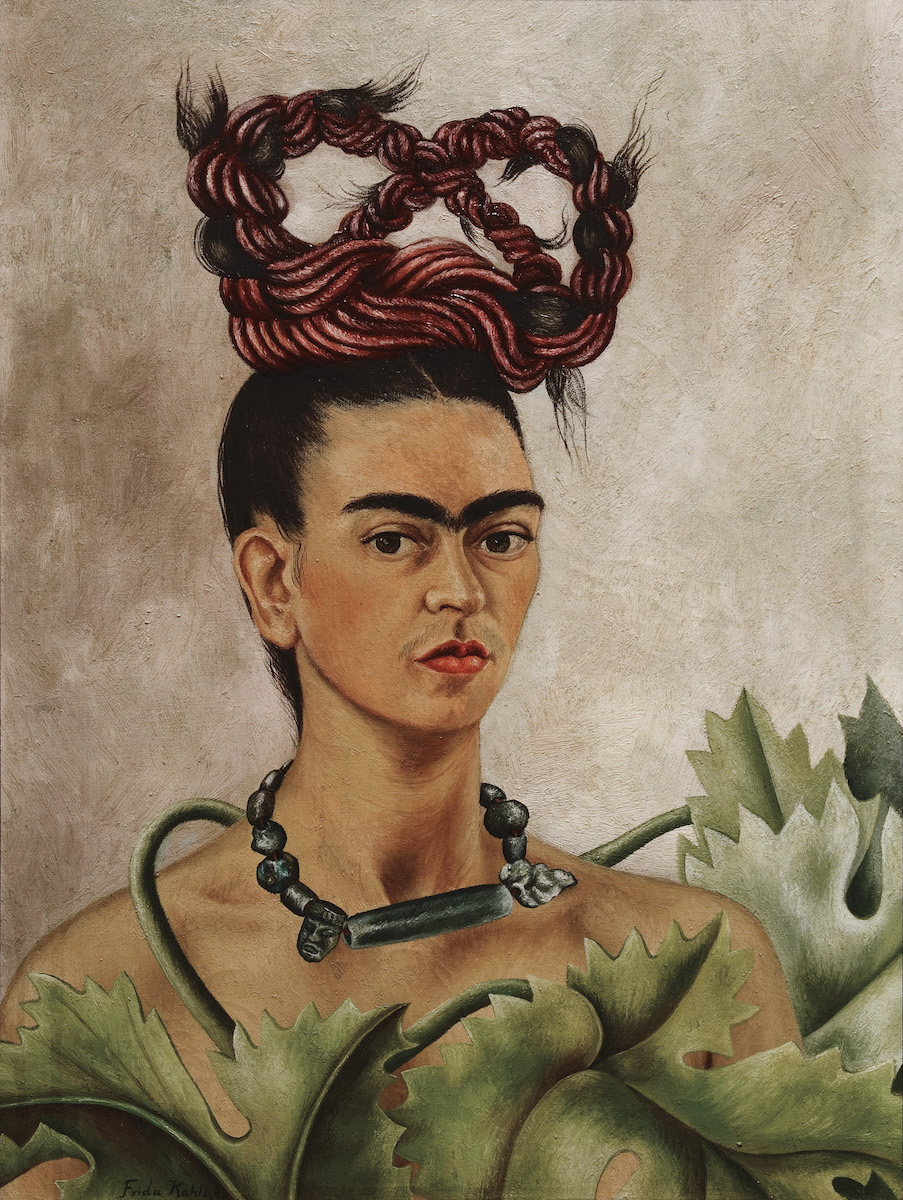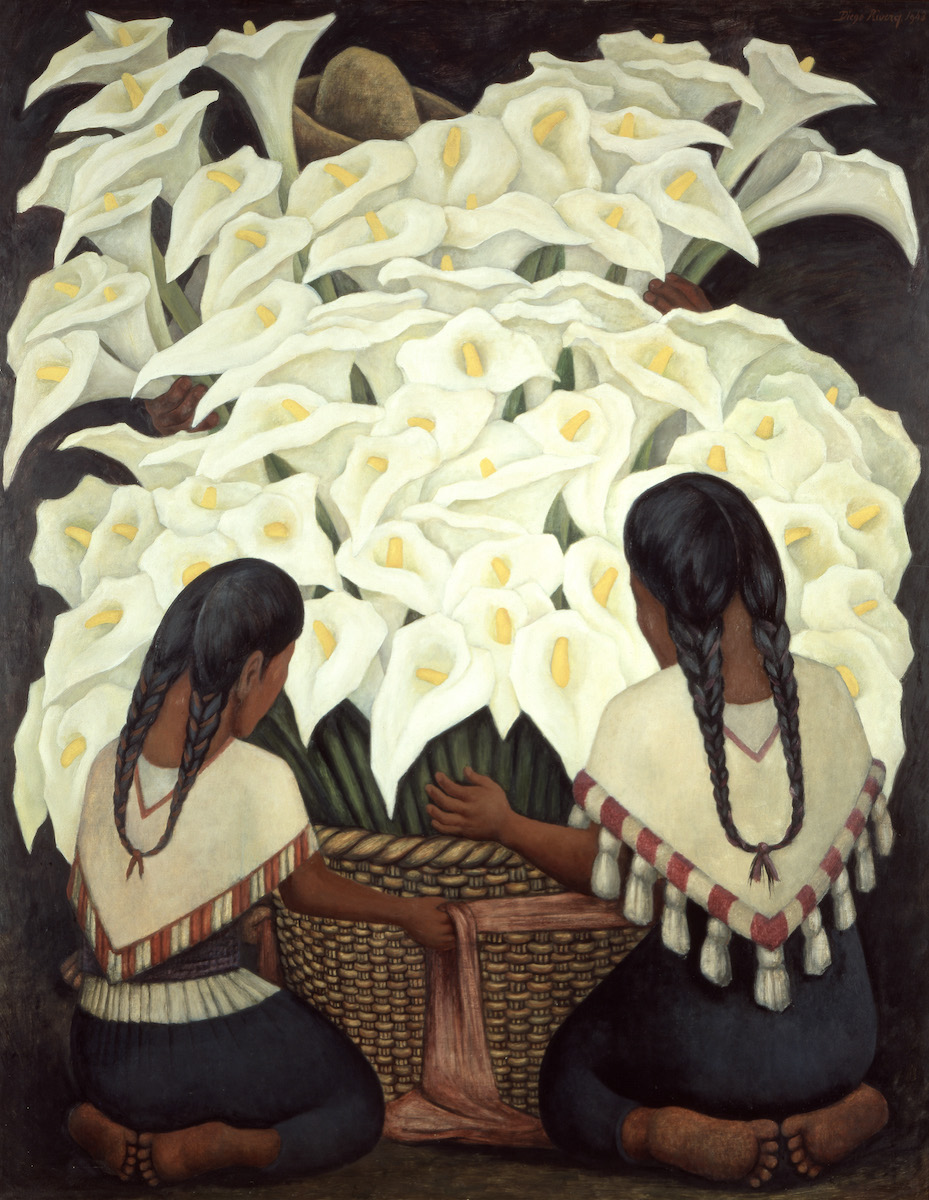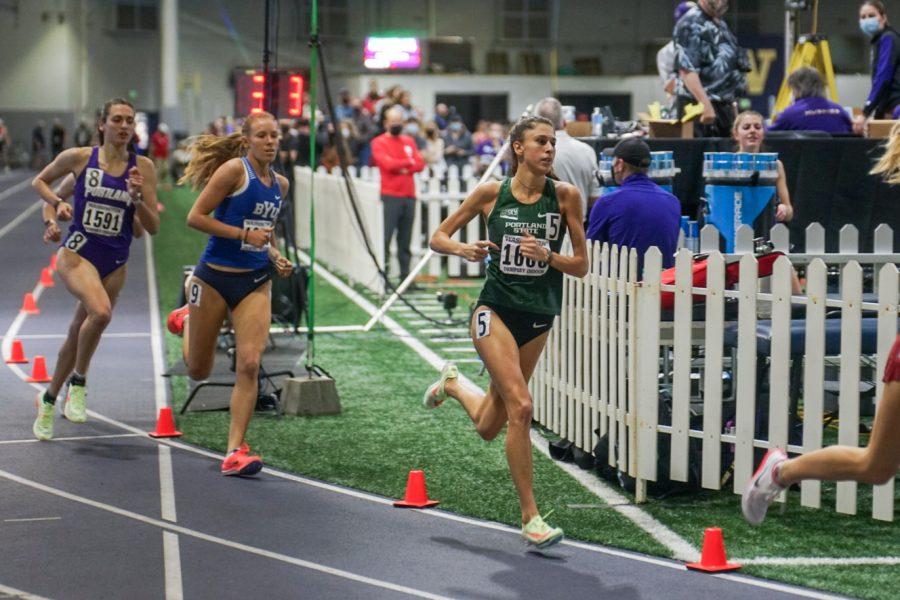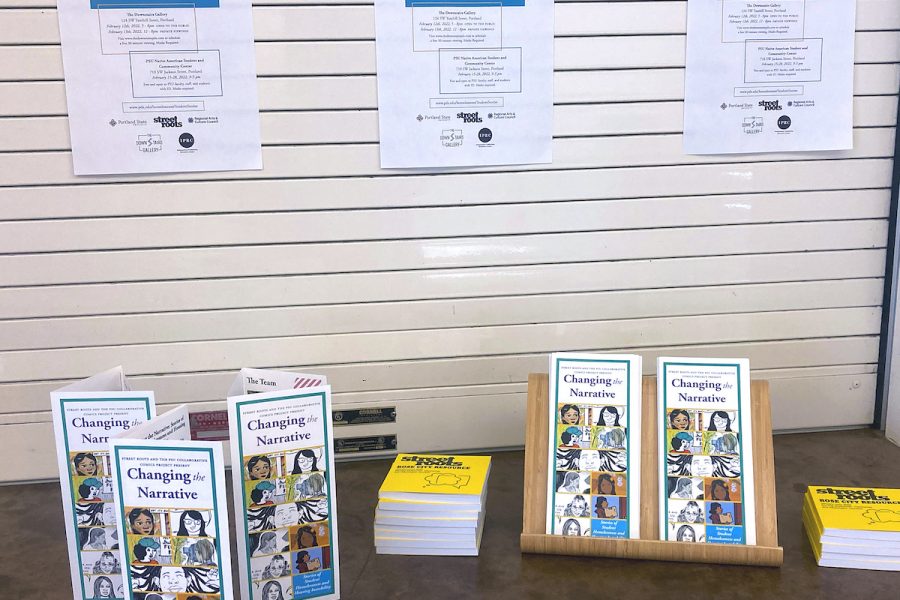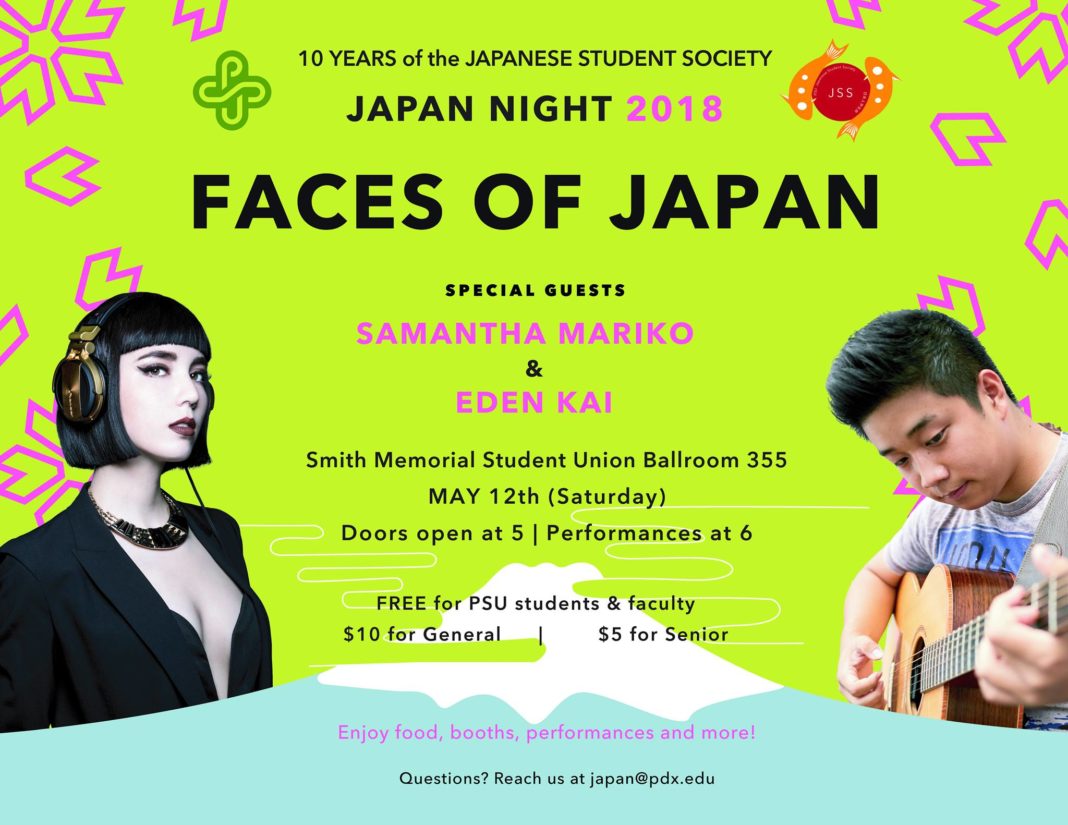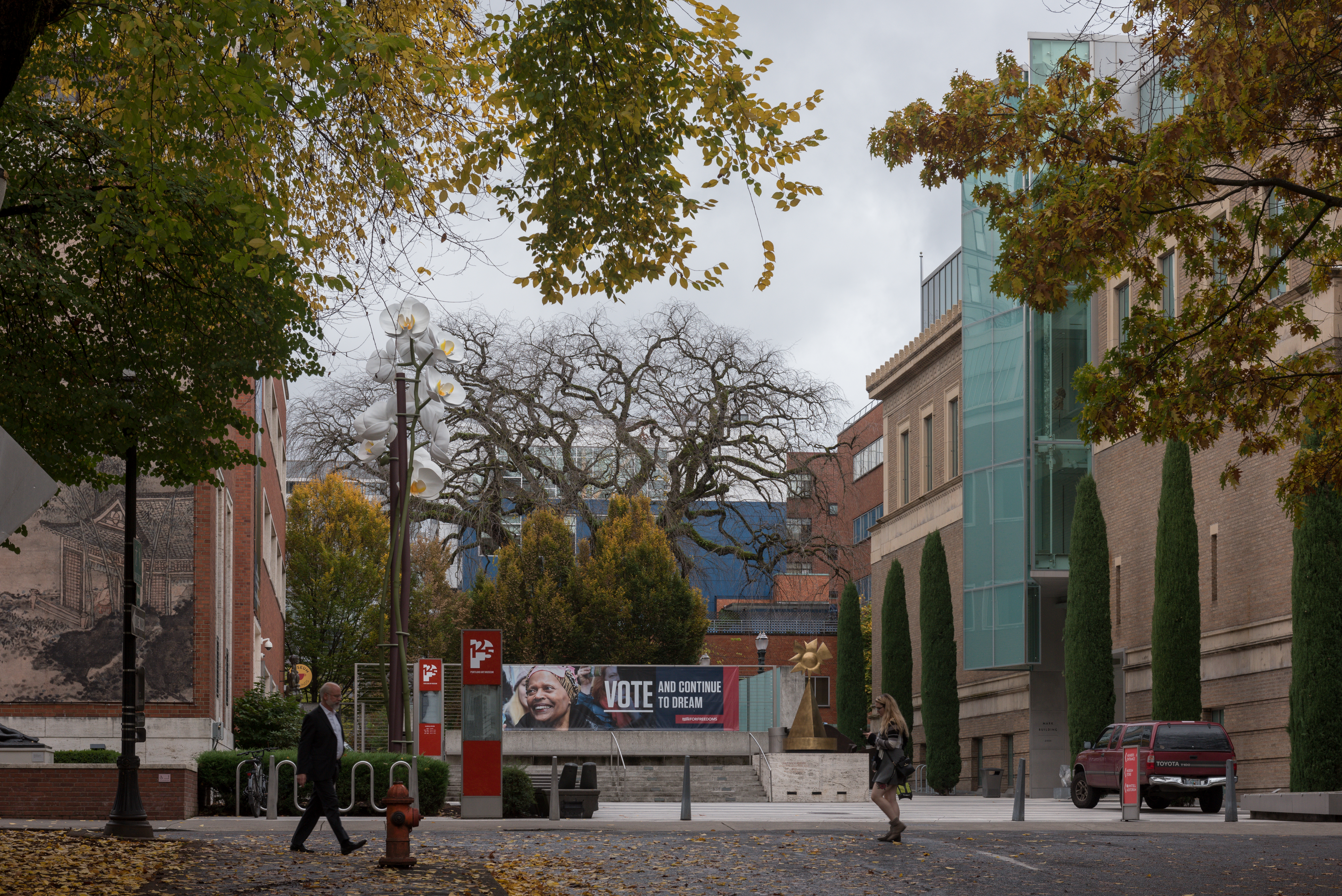Even if you don’t know her name, you have likely seen Frida Kahlo’s face in many places. With her signature thick eyebrows, her red lips and hair pinned up with flowers, her image has appeared on everything ranging from calendars, to socks and coffee mugs. She was even featured briefly in Disney’s animated movie Coco. In 2018, Barbie even released a doll! While Kahlo’s image may be well known, the latest exhibition at the Portland Art Museum (PAM), Frida Kahlo, Diego Rivera, and Mexican Modernism, aims to offer viewers a deeper insight into her life and artistic work, including its place alongside the work of her contemporaries.
Outside Mexico City and Kahlo’s residence La Casa Azul, her original artwork is hard to find, especially in one place. The pieces in this exhibition were collected by Jacques and Natasha Gelman, who had a close relationship with artists of the Mexican Modernism movement.
The exhibition is divided into themed sections, highlighting the different roles artists played and the various subject matter they worked with, such as the natural landscape of Mexico and the role of home and family in the lives of Mexicans.
PAM Curator of Modern & Contemporary Art and presenting curator Sara Krajewski offered insight into the different ways this exhibition presents Kahlo as a person. One section, titled “Creating Frida,” explores how Kahlo created the persona viewers would see in her self-portraits, while the “Being Frida” portion of the exhibit explores the more personal, intimate details of everyday life, including the effects of living with physical disabilities caused by a childhood accident and polio. According to Krajewski, Kahlo’s challenges in life helped shape the woman behind the paintings.
“There’s this public persona, but then again [there is] this notion of who she really was as a person,” Krajewski said. “[They] made her a resilient individual and such an expressive painter, who wanted to capture these aspects of her life.”
Krajewksi said she hopes that the exhibition will help audiences better understand Kahlo as a person.
“I hope that visitors will come away with seeing her as a woman, as an artist,” Krajewski said. “And also someone who was very savvy about presenting herself.”
Kahlo’s exploration and crafting of her identity speaks to the movement’s overall exploration of mexicanidad, the shared identity centered around Indigenous traditions combined with anticolonialism which resulted from the Mexican Revolution. Rivera, Kahlo’s husband, dove into the idea of mexicanidad primarily through his mural painting.
Over 150 works on display are also paired with photographs and period clothing. Krajewski shared that many of these photographs show Kahlo and Rivera’s day-to-day lives.
“[The photos] capture both Frida and Diego going about their lives at their home [and] on their travels,” Krajewski said. “I think, for me, that really provides an opportunity to look into their lives and see them as real people.”
The relationship between Kahlo and Rivera was a complicated one. Filled with affairs on both sides—and a period in which they were divorced before remarrying—the relationship was deeply influential on Kahlo’s work, and was portrayed in paintings such as “Diego on my Mind (Self-Portrait as Tehuana).”
Besides the focus on Kahlo and Rivera’s personal lives, the Portland Art Museum aims to engage with members of the Portland Latinx community, by welcoming them during their visit through the use of texts and labels written in both Spanish and English.
Additionally, the Museum’s Learning and Community Partnerships staff are collaborating with teachers from the César Chávez school in North Portland and the artist Patricia Vázquez Gómez to hold bilingual field trips to the exhibition, along with art-making workshops at the school for students. Museum staff will also be working with Studio Latino, the Latino Network’s arts and culture after-school program, to offer workshops at the exhibition.
There are also supplementary events offered by the Museum, two of which include members of the Portland State community.
On March 31 from 5:30–7 p.m., Hector H. Hernandez, an instructor in mural painting at PSU, will give an online talk titled “Frida Kahlo, Diego Rivera, and Mexican Modernism in the USA and Their Worldwide Contributions.” This lecture will explore how Mexican Modernism influenced art in the U.S., particularly as the movement forged its own creative path apart from Eurocentric expectations.
Alongside Angennette Escobar, Victor Hugo Garza and Christian Barrios, Hernandez will also be painting in the Schnitzer Courtyard starting Feb. 28. On April 10 from 2–3:30 p.m., the muralists will speak about this piece online for the event “Murals and Collective Process: A Panel Discussion.”
In discussing why he was interested in participating in this mural creation, Hernandez referenced the public painting of the six panel fresco “Dive Bomber and Tank” completed by José Clemente Orozco in 1940 at the Museum of Modern Art during their exhibition of “Twenty Centuries of Mexican Art.”
Hernandez emphasized the importance of first-hand experience in learning about art and artistic creation.
“In the same way that this exhibition displayed a living artist in the act of creation, I would like to share the experience with the public,” Hernandez said. “So the exhibition…would go beyond just displaying static objects of art from the last century, and the public would have the opportunity to interact with a living artist and learn first hand [about] this kind of artistic creative experience.”
Hernandez also sees Kahlo as a multi-faceted person and artist. His approach to his mural focuses on three aspects: Kahlo’s gender and mestiza identities and “her condition as a person with disabilities due to her polio and the consequences of a bus accident.”
“I think that this exhibition will be a good opportunity to showcase the contributions of Mexican culture, and modernism in the cultural life of the USA and in particular the contributions of the Hispanic Latino/Chicano community in the Pacific Northwest,” Hernandez said. “It is my hope that the PSU community will benefit from another perspective in history, culture and art beyond the Eurocentric and cultural dominant perspective.”
The exhibit will also feature academic perspectives on Kahlo’s work. On Feb. 27 from 2–3 p.m., Assistant Professor of Art History Dr. Alberto McKelligan-Hernández will lead the webinar “Women Artists and the Construction of Mexicanidad.” The lecture will explore the role of women socially and artistically in creating the identity of mexicanidad—and the complexities in doing so.
McKelligan-Hernández believes much of the power of the exhibition comes from the way it shows the complex and diverse ways in which women artists questioned the role of women in Mexican society after the national revolution.
“[The exhibit] reveals the ways in which the images and representations produced by these artists were part of the broader political transformations of post-revolutionary Mexico,” he said. “Even the works that visualized personal and subjective experiences existed within an artistic and social context that was rapidly changing.”
McKelligan-Hernández believes the ideas and aspirations portrayed in Mexican Modernism can still resonate with today’s audience and beyond Mexico.
“Several of the artists included in this exhibition believed the visual arts could aid in the construction of a more egalitarian society, ending a larger history of colonialism and exploitation through innovative and revolutionary working methods,” he said. “As contemporary artists continue to explore the relationships between social-political movements and the visual arts, the strategies and representations produced by these Mexican artists of the early 20th century could not be more relevant to today’s audiences.”
Frida Kahlo, Diego Rivera, and Mexican Modernism is a traveling exhibition, and will be on display through June 5, 2022. At this time, all entries for the exhibition are timed. Tickets can be reserved on the Portland Art Museum website.


